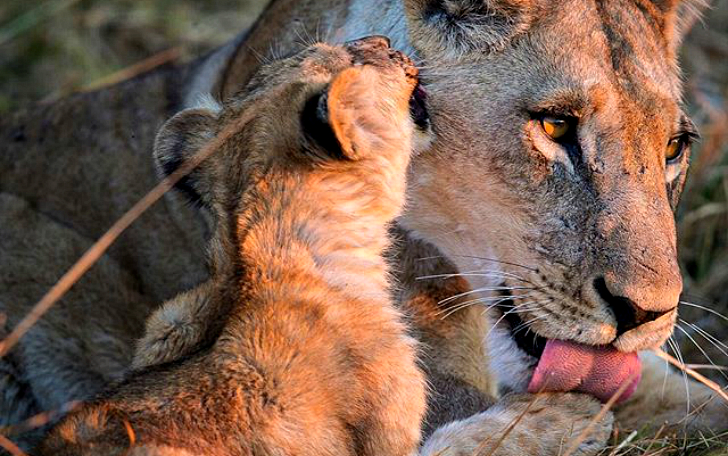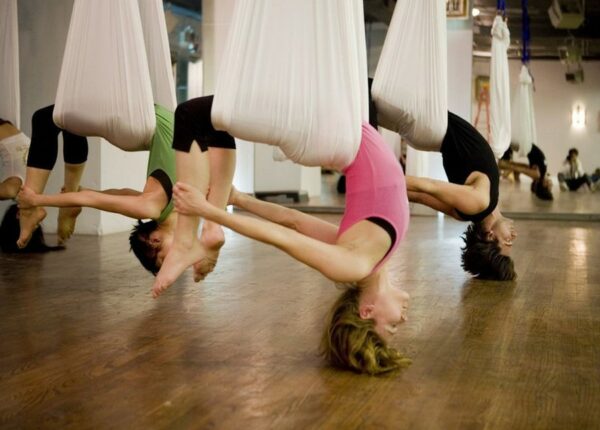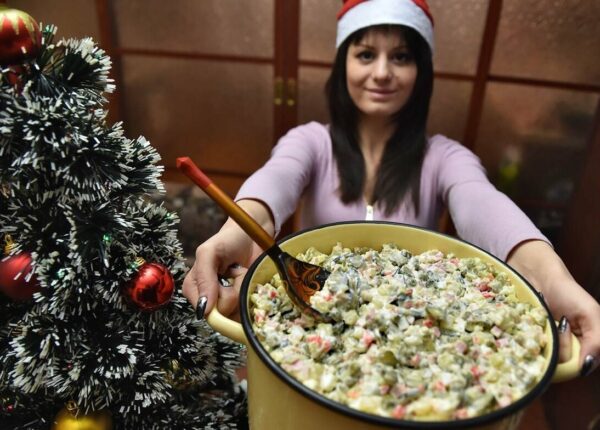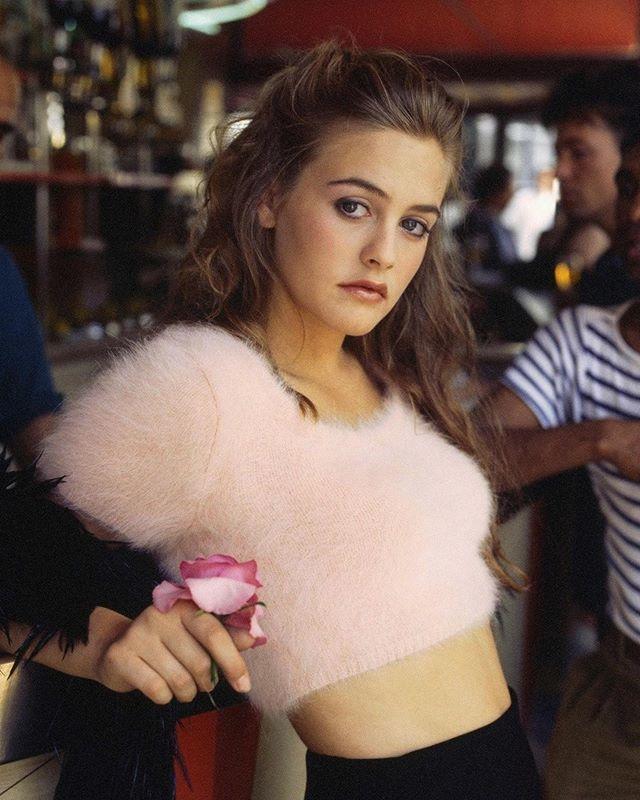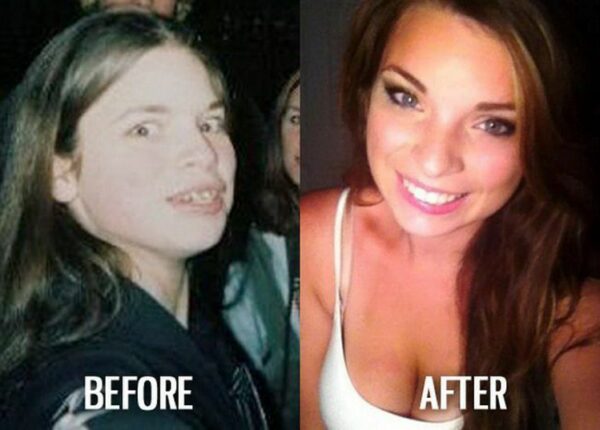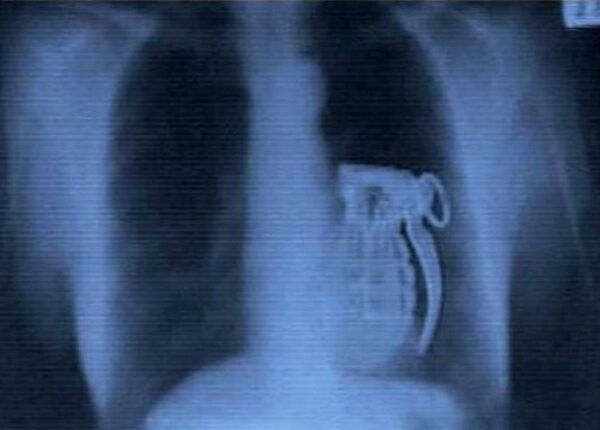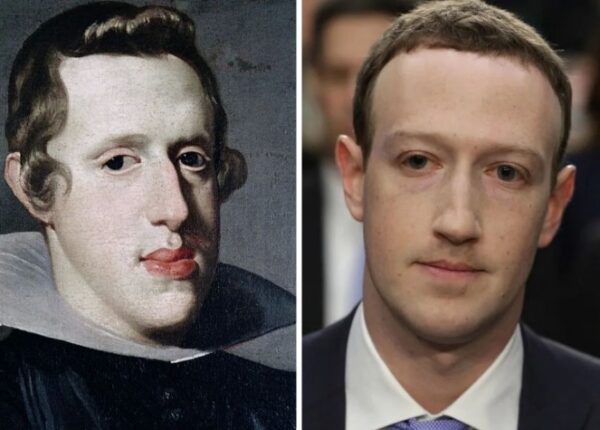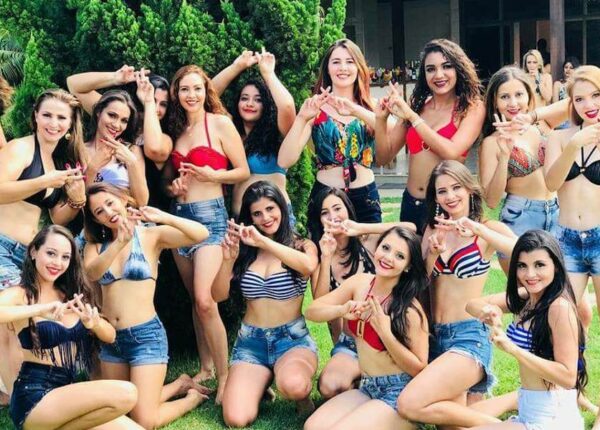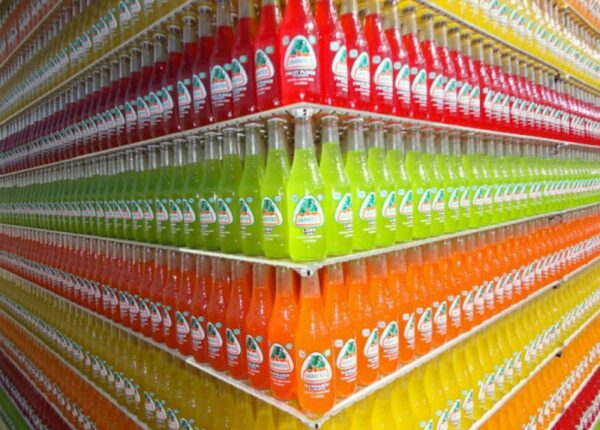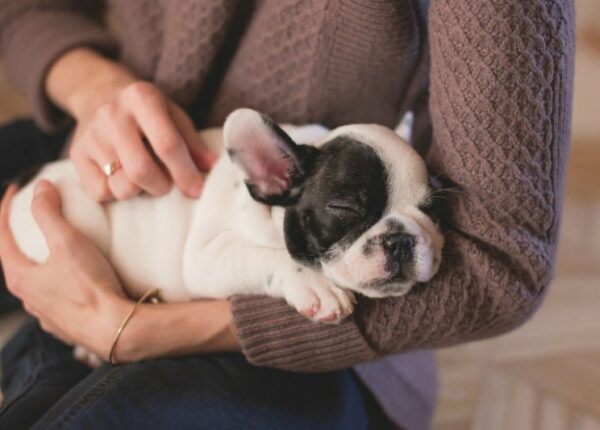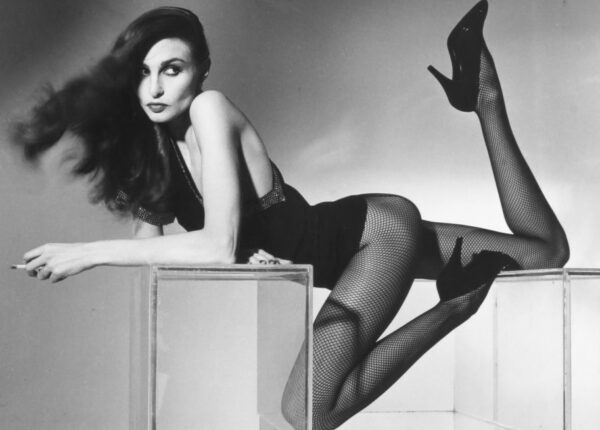Инстаграм National Geographic: наша планета прекрасна!
Снимки National Geographic уже почти сто лет являют собой легенду фотографии. Изображения из инстаграма @natgeo — напоминание нам о том, что наша планета чертовски красива и разнообразна! За один день в аккаунте могут появиться снимки ужина при свечах в Лаосе, орлов, тусующихся со львами в Ботсване, протестов в Балтиморе и эскимоса возле полярного круга.
Смотрите также:
Наша прекрасная планета – вид с орбиты
А вы знали, что у нас есть Telegram?
Подписывайтесь, если вы ценитель красивых фото и интересных историй!
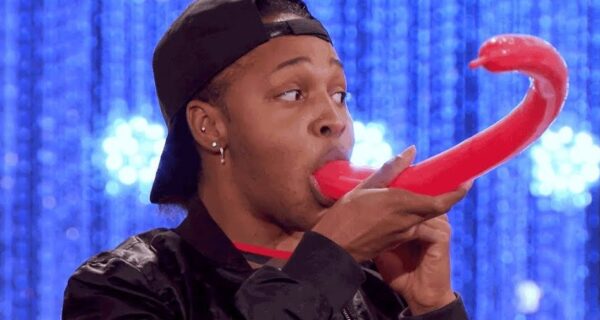 Разоблачение 10 простых, но эффектных фокусов
Разоблачение 10 простых, но эффектных фокусов
 15 милых фото, которые показывают, как под действием времени почти все меняется
15 милых фото, которые показывают, как под действием времени почти все меняется
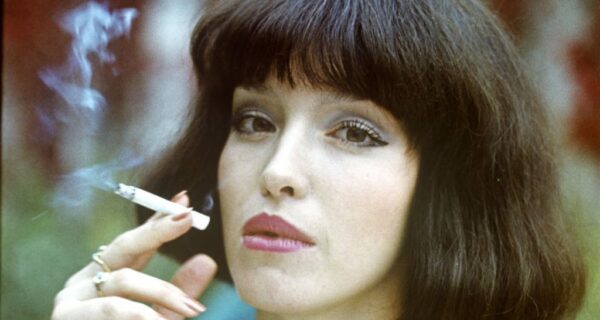 Курить – здоровью вредить: 7 отечественных звезд, которые умерли из-за курения
Курить – здоровью вредить: 7 отечественных звезд, которые умерли из-за курения
 Горячие фото от мастера эротического портрета Ильи Пистолетова
Горячие фото от мастера эротического портрета Ильи Пистолетова
 22 настоящих шедевра акварели
22 настоящих шедевра акварели
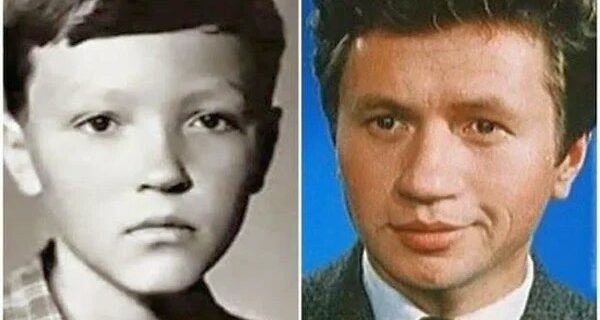 Любимые советские актеры в детстве и зрелости
Любимые советские актеры в детстве и зрелости
 15 фото, на которых ущемляются права
15 фото, на которых ущемляются права
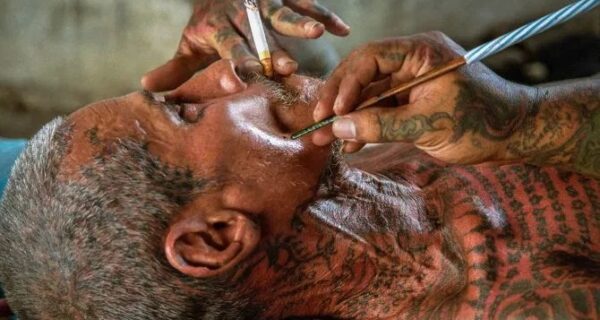 Адские трущобы Бангкока на впечатляющих снимках Сэма Грегга
Адские трущобы Бангкока на впечатляющих снимках Сэма Грегга
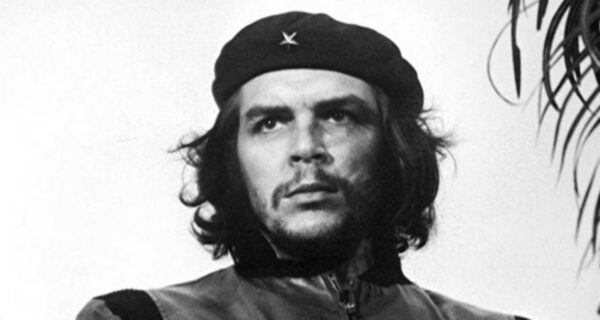 8 знаменитых фото, за которыми скрываются захватывающие истории
8 знаменитых фото, за которыми скрываются захватывающие истории
 22 собаки на работе: от терапевтов до искателей трюфелей и наркотиков
22 собаки на работе: от терапевтов до искателей трюфелей и наркотиков

